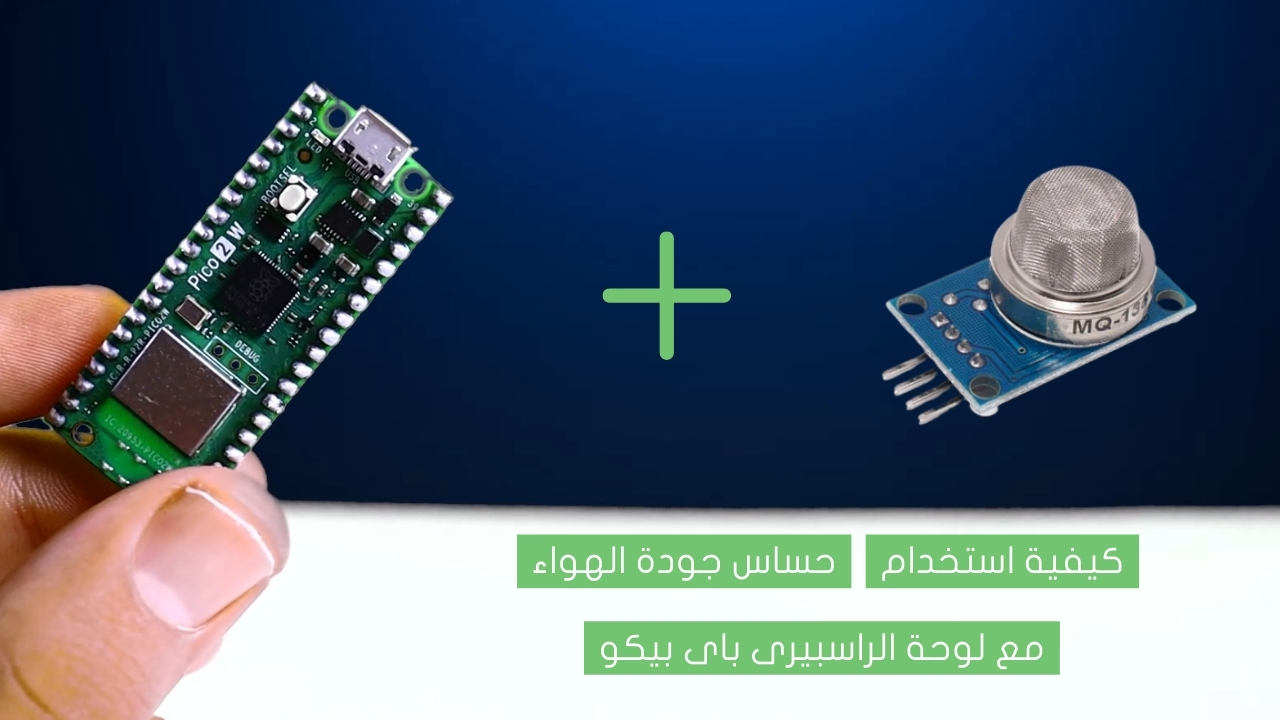
وسماعة LED قياس المسافة باستخدام الاردوينو ومصابيح

كان قياس المسافات بدقة أمرًا مرهقًا في الماضي، ولكن الآن بفضل الاردوينو يمكنك بناء نظام لقياس المسافة بدقة باستخدام مستشعر الموجات فوق الصوتية.
Project Video
Overview

في هذا المشروع، سنعلمك كيفية إنشاء نظام لقياس المسافة باستخدام الاردوينو ومستشعر الموجات فوق الصوتية، ومصابيح LED، وسماعة، بحيث عندما تقترب يدك من حساس الموجات فوق الصوتية، ستجد أن مصابيح الLED تضيء تدريجيًا، وستجد أن السماعة تصدر نغمة مختلفة كلما تقترب يدك اكثر لحساس الموجات فوق الصوتية.
Getting the Items
Steps
Wiring it Up

قم بتوصيل الأسلاك بين مصابيح LED والاردوينو ومستشعر الموجات فوق الصوتية والسماعة كما هو موضح في الصورة أدناه.

التوصيلات من الاردوينو الى لوحة التجارب :
• منفذ ال 5 فولت ← المنافذ الموجبةبلوحة التجارب
• منفذ الجراوند ← المنافذ السالبة بلوحةالتجارب
التوصيلات من حساس الموجات فوق الصوتية :
• منفذ الVCC للحساس ← المنافذ الموجبة بلوحة التجارب
• منفذ ال GND للحساس ← المنافذ السالبة بلوحة التجارب
• منفذ ال TRIG ← منفذ رقم 31فى لوحة الاردوينو
• منفذ ال Echo ← منفذ رقم 21فى لوحة الاردوينو
التوصيلات من السماعة:
• طرف ال GND للسماعة ← المنافذ السالبة بلوحة التجارب
• الطرف الموجبللسماعة ← منفذ رقم 11 فى لوحة الاردوينو
التوصيلات من مصباح الLED :
• الطرف الموجب من مصباح ال LED الاول ← منفذ رقم 2 فى لوحة الاردوينو
• الطرف السالب منمصباح الLED الاول ← مقاومة 330 اوم ← المنافذ السالبة بلوحةالتجارب
• الطرف الموجب من مصباح ال LED الثانى ← منفذ رقم 3 فى لوحة الاردوينو
• الطرف السالب منمصباح الLED الثانى ← مقاومة 330 اوم ← المنافذالسالبة بلوحة التجارب
• الطرف الموجب من مصباح ال LED الثالث ← منفذ رقم 4فى لوحة الاردوينو
• الطرف السالب منمصباح الLED الثالث ← مقاومة 330 اوم ← المنافذالسالبة بلوحة التجارب
• الطرف الموجب من مصباح ال LED الرابع ← منفذ رقم 5 فى لوحة الاردوينو
• الطرف السالب منمصباح الLED الرابع ← مقاومة 330 اوم ← المنافذالسالبة بلوحة التجارب
• الطرف الموجب من مصباح ال LED الخامس ← منفذ رقم 6فى لوحة الاردوينو
• الطرف السالب منمصباح الLED الخامس ← مقاومة 330 اوم ← المنافذالسالبة بلوحة التجارب
• الطرف الموجب من مصباح ال LED السادس ← منفذ رقم 7فى لوحة الاردوينو
• الطرف السالب منمصباح الLED السادس ← مقاومة 330 اوم ← المنافذالسالبة بلوحة التجارب
Coding

Testing it Out

بعد رفع الكود البرمجى على لوحة الاردوينو، ستلاحظ أنه مع اقتراب يدك الى حساس الموجات فوق الصوتية، ستضيء مصابيح الLED تدريجيًا. بالإضافة إلى ذلك، ستصدر السماعة نغمة مختلفة في كل مرة تقترب فيها يدك من الحساس، كما هو موضح في الفيديو أدناه:











